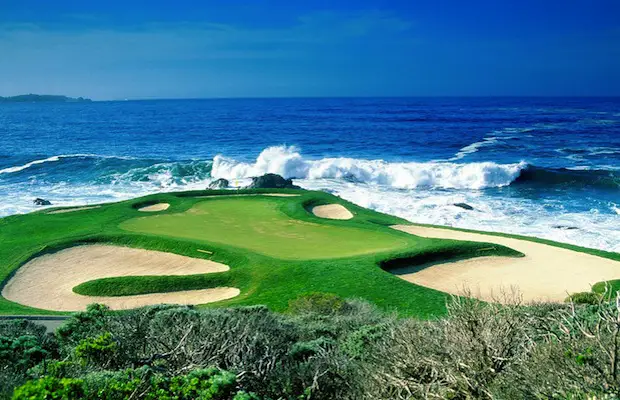Are Golf Courses Bad for the Environment

Golf is a sport enjoyed by millions of people worldwide. However, the impact of golf courses on the environment has been a topic of debate for many years. While golf courses provide green spaces for recreation and wildlife habitat, they also require large amounts of water, fertilizer, and pesticide use, which can have negative effects on the environment. Additionally, the development of golf courses can lead to deforestation and habitat destruction.
In this article, we will explore the question, “Are golf courses bad for the environment?” We will examine the impact of golf courses on ecosystems, water resources, and wildlife, as well as the environmental regulations that govern golf course development and maintenance. By the end of this article, you will have a better understanding of the environmental impacts of golf courses and the steps being taken to mitigate these impacts.

Water Usage
Golf courses require large amounts of water to maintain the green and lush appearance that is so desirable to golfers. On average, a golf course can use up to 312,000 gallons of water per day. This can put a strain on local water resources and contribute to water scarcity, particularly in areas with limited water availability.
Golf courses have implemented a number of water conservation measures, including the use of recycled water, drought-tolerant grasses, and precision irrigation systems. Some golf courses have even replaced sections of their turf with native vegetation to reduce water usage and provide habitat for local wildlife.
Pesticides and Fertilizers
Pesticides and fertilizers are often used on golf courses to maintain the health and appearance of the turf. However, these chemicals can have a negative impact on the environment, particularly on water quality and wildlife. Runoff from golf courses can carry pesticides and fertilizers into nearby waterways, harming aquatic life and potentially contaminating drinking water sources.
To minimize the impact of pesticides and fertilizers, golf courses have implemented integrated pest management programs and reduced the use of harmful chemicals. Some golf courses have also switched to organic fertilizers and natural pest control methods, such as the introduction of beneficial insects.
Habitat Destruction
The construction of golf courses can lead to the destruction of natural habitats, particularly wetlands and other sensitive ecosystems. This can result in the loss of biodiversity and the displacement of wildlife.
To mitigate the impact of habitat destruction, golf courses have implemented habitat restoration programs and the use of environmentally-friendly design practices. For example, some golf courses have created wildlife corridors and buffer zones to protect natural habitats and provide connectivity for wildlife.
Energy Usage
Golf courses require a significant amount of energy to maintain their facilities and equipment, including lighting, irrigation systems, and golf carts. This energy usage can contribute to greenhouse gas emissions and climate change.
To reduce their energy usage and carbon footprint, golf courses have implemented a number of energy efficiency measures, including the use of solar panels, LED lighting, and electric golf carts.
Waste Management
Golf courses generate a significant amount of waste, including grass clippings, tree trimmings, and food and beverage containers. This waste can contribute to landfill pollution and greenhouse gas emissions.
To manage their waste, golf courses have implemented recycling and composting programs, as well as the use of biodegradable and compostable products.
Conclusion
While golf courses can have a negative impact on the environment, they have also taken significant steps to mitigate this impact. Through the implementation of sustainable practices and environmental stewardship, golf courses can continue to provide recreational opportunities while protecting and preserving the natural world. As golfers and consumers, it is important to support environmentally-responsible practices and advocate for sustainability in the golf industry.






